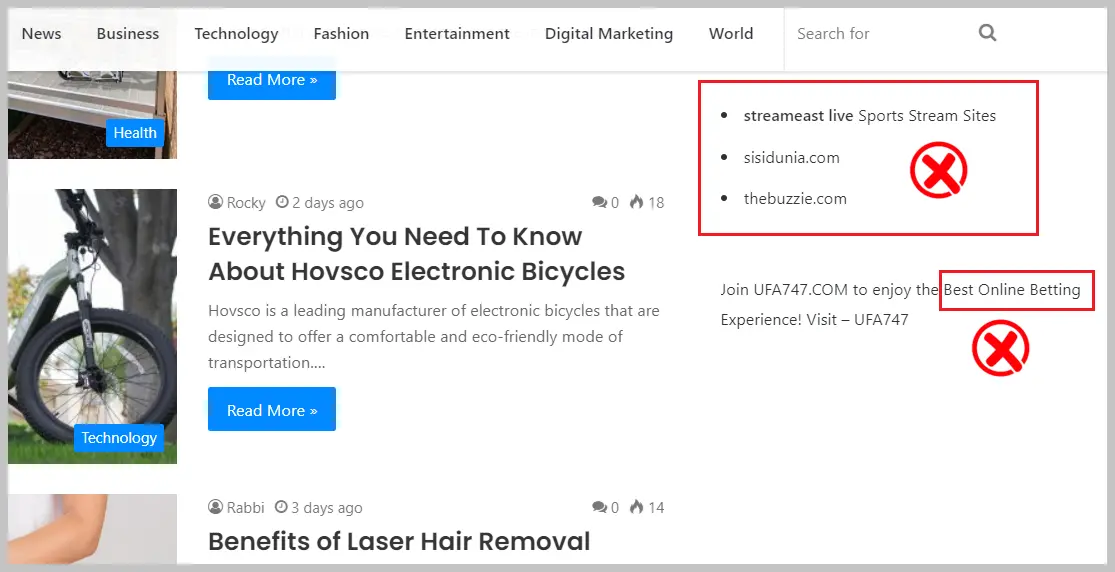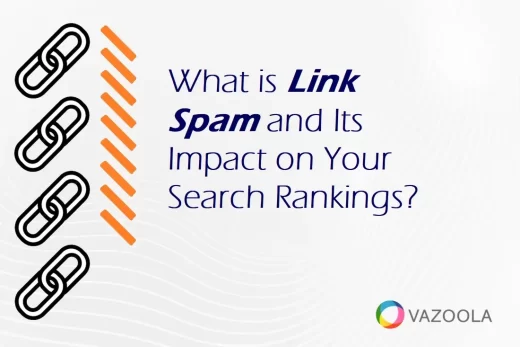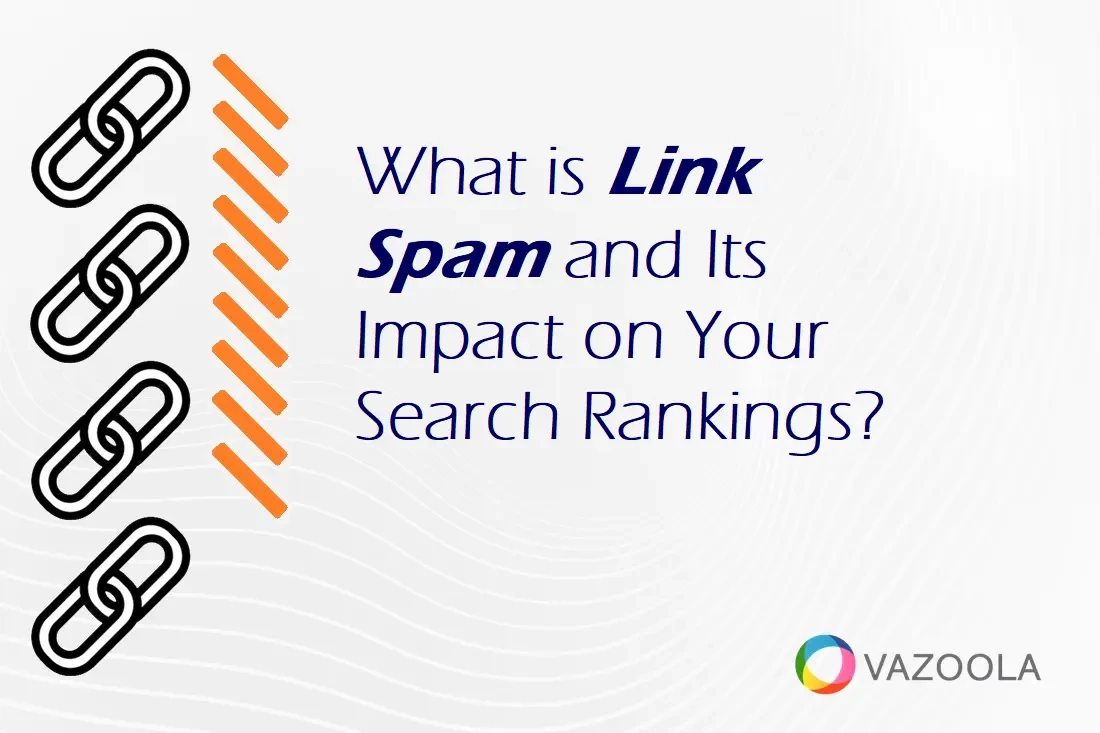The Ultimate Guide to Understanding Link Spam – What You Need to Know
The Ultimate Guide to Understanding Link Spam – What You Need to Know
If you’re not already familiar with the concept of link spam, it’s important to understand what it is before making any changes to your website. Google takes link spam seriously and will penalize websites that use questionable tactics. Some common examples of link spam include paid links awkwardly jammed into content that doesn’t make sense or excessive linking in blog comments.
Link building
Link building is gaining links from other websites to your website. This can improve your search engine rankings and bring more traffic. However, you must use white-hat methods to avoid getting penalized by Google. It’s essential to understand what Is link spam. Link spam is posting out-of-context links on blogs, forums, websites, guestbooks, and other online spaces that display user comments. Comment spam, blog spam, and wiki spam are different names for link spam. Most of the time, link spammers don’t include any useful comments with their links. Examples of link spam include posting out-of-context links in forums, blogs, or comment sections. It also includes submitting low-quality content to article directories for the sole purpose of getting a backlink. This is known as link manipulation, a common practice among dishonest SEO companies. Another form of link spam is using broken links to boost your ranking. While it may sound harmless, it isn’t. When Google sees this, it will penalize the website for using broken links to rank higher in its search results. Providing outstanding content that other websites will want to connect with is critical.
This can be achieved by creating resource pages or blog posts that cover a topic in depth.
Backlinks
Backlinks are one of the three top SEO ranking factors (the other two being content and RankBrain, Google’s AI). They’re a sign to search engines that someone thinks your content is valuable. However, there are different kinds of backlinks, and not all are created equal. Backlinks can be spammy or irrelevant and can negatively impact your rankings. A backlink should be relevant to your niche. For example, if you’re an architect and another website links to your article about architectural design, this is a good backlink.
On the other hand, a link from a blog post about sneaker trends isn’t helpful and could even hurt your rankings. Be wary of backlinks that come from sites with low domain authority. A domain rating tool is a good way to check for these. Also, avoid backlinks from irrelevant sites and comment sections. These links will be considered spammy and may result in a penalty from Google.
Anchor text
Anchor text is a hyperlink’s clickable text, usually highlighted in a different color than the rest of the page. It should describe the article linked to and entice users to click it. It also helps Google understand what kind of content a page is about, and it’s one of the most important factors when it comes to on-page SEO. It’s important to use a variety of anchor text on your site. You can use exact match, partial match, long tail, and related keywords to create a natural-looking link that will maximize Google’s understanding of your site’s content and reduce the risk of manual actions. Avoid generic links like ‘click here’ or ‘read more’. They’re not only bad for your SEO, but they also make users feel spammed. Using these links will also hurt your user experience and may lead to a Google penalty. You can check if your links have the right anchor text by using Yoast SEO.

Spamming
Using spam links to boost your website’s search ranking unnaturally violates Google’s web admin guidelines and can result in a manual action from the search engine. Fortunately, Google’s automated systems detect and remove 99% of these spam links. However, watching for these links and reporting them if you think they affect your website’s SEO is important. Some common spam links include paying for links, exchanging goods and services for links, and using excessively keyword-rich anchor text. Other types of link spamming include posting irrelevant links in forums, blog comments, and directories. A different kind of link spamming is using “link farms,” which are groups of websites that exchange links to boost a website’s search rank artificially. This unethical SEO technique is the focus of a recent Google algorithm upgrade. The update will penalize websites that use this tactic and may cause them to lose their search rankings.
Casey Bjorkdahl is one of the pioneering thought leaders in the SEO community. In 2010, Casey co-founded Vazoola after working for a Digital Marketing Agency for five years in New York City. Vazoola is now one of the fastest growing and most widely recognized SEO marketing firms in the country.
(28)




